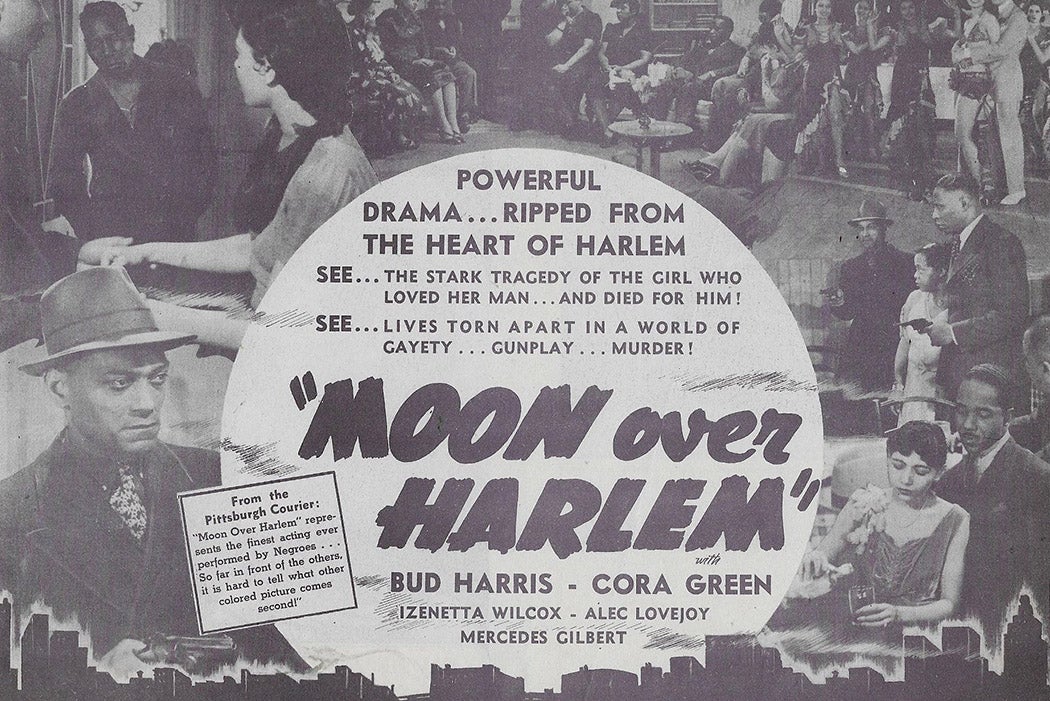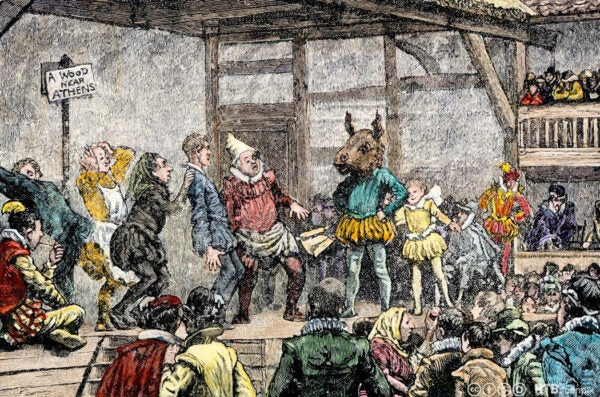Being able to see your image in popular culture is valuable. But what if there are huge barriers to doing so? Black Americans in the Jim Crow era knew that all too well, used to being considered, at best, an afterthought in many aspects of American culture. That exclusion often led to the creation of businesses that welcomed and actively embraced Black consumers. And as media historian Ellen C. Scott explains, movie theaters that catered to Black patrons were an important part of that movement. These businesses, Scott writes, “creatively convert[ed] these venues into a reflection of the communities in which they stood.”
Segregation meant that the physical space of movie theaters was separated by race, but it also meant that the types of movies shown were different. Black-designated theaters—those “placed in segregated Black neighborhoods in the North and South,” Scott explains— were the most common place for Black people to see films. But because they were for Black patrons, they faced difficulties in getting first-run movies from distributors. This delay, Scott writes, “led to a gap in film knowledge between Black and white communities,” and meant that “very different filmfare gained prominence on the screens of the Black movie houses nationwide.” But there were theater owners who fought back against their “second-run” status. Some argued that because they weren’t actually competing against whites-only theaters, that should qualify them as first-run theaters. But the most common way that this inequity was handled was to make “an empowering, dignified—often indignant—vision of Black people derived from the community itself.”
Black-designated theater owners began to think creatively, and used the lack of new films as a way to make their businesses a part of the community. For example, some theater owners offered their audiences the decision-making power about whether to screen controversial films like Emperor Jones or Song of the South. Others hosted double-features of older, easier to get films, and advertised them in ways that would appeal to the community. An advertised “All-Poitier Double Bill!,” for example, featured 1957 films Band of Angels and Edge of the City, rather than his Oscar-nominated performance in 1958’s The Defiant Ones. They also curated what could be thought of as mini film festivals, grouping together films thematically like the “dream films” Cabin in the Sky and The Wizard of Oz. These theaters also screened foreign films, which were both cheaper and featured Black actors. Films with all-Black casts that were “treated as B-films by first- run theaters,” found crowds of admirers at Black theaters. In most cases, these theater owners “made an effort to find films that challenged racial stereotypes.”
Weekly Newsletter
The way these films were advertised also shifted. Advertising mainly in Black media, the ads for these movies foregrounded the Black actors. These ads, Scott argues, “centralized African American narrative presence and subjectivity.” They often emphasized racial themes in the films that were largely absent from ads in mainstream press. In fact, Scott writes, these themes were downplayed, as were Black actors, “to accommodate widespread white racial bias.” In contrast, Black-designated theaters and Black press celebrated these themes and actors, and purposely spoke to Black experiences. Where other media spoke volumes by what it excluded, these ads and theaters filled those spaces in ways that “actively and purposely undermine[d] the racism of the Hollywood films.”
Support JSTOR Daily! Join our new membership program on Patreon today.







